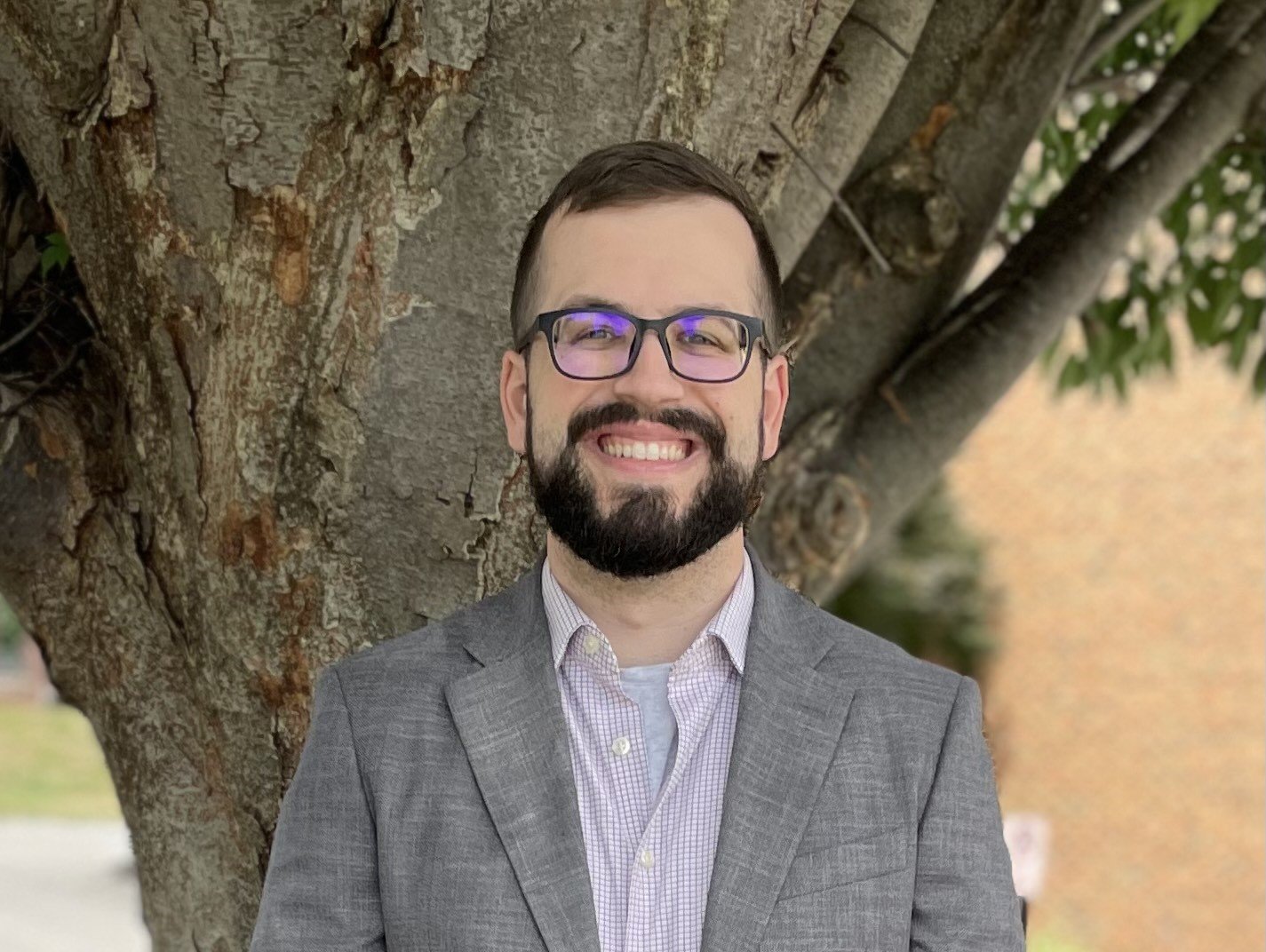For the past few years as a church, we’ve made it a regular part of both our corporate worship on Sunday mornings—the Lord’s Day—and our private worship in homes and personal devotions to give ourselves to the lost art of catechesis.
Catechesis refers to the use of questions and answers designed to succinctly distill the core tenets of the Christian faith: who God is, who man is, man’s fall into sin, his need for a Savior, God’s plan of redemption, the work of Christ, the application of redemption by the Holy Spirit, and the way we should now live, pray, and look forward to the future according to our Christian hope.
In that vein, we just finished the Catechism for Boys and Girls. As we move further into the fall and into the new year, our plan is to return to the New City Catechism, which we previously completed.
But in the meantime, during corporate worship we’ve been considering not only these helpful catechisms, but also the creeds of the church.
What Are Creeds?
Whereas catechisms are designed for younger and newer believers—as well as older ones—to give them readily memorized summaries of key Christian doctrines, the creeds do something else. Historically, the creeds were formulated by the whole global church to summarize what every Christian believes. They arose in times when orthodox Christian faith was being challenged by Arians and other heretical sects who questioned key biblical doctrines such as the nature of Christ as both truly God and truly man.
They also served a practical function in training new converts before baptism. For instance, what was known as the “rule of faith” was used for catechumens prior to their baptism and became the basis for the early form of the Apostles’ Creed that we recite today.
The Creeds We’re Studying
The Apostles’ Creed
The Apostles’ Creed is a tried-and-true favorite—worth memorizing. Even children can learn it, and they would have encountered it through the New City Catechism in the question, “What do we believe by true faith?” It gives a simple yet profound summary of the essentials of the Christian faith.
Read the Apostles’ Creed here.
The Nicene Creed
The Nicene Creed, written in A.D. 325 and later expanded at Constantinople in A.D. 381, is unique in that it truly represents the unified, ecumenical statement of the entire global church that existed at the time. Its purpose was to uphold the orthodox Christian understanding shared by both East and West—and still shared today by Protestants, Catholics, and Eastern Orthodox alike—concerning the deity of Christ, the Trinity, and the essential nature of God.
The Athanasian Creed
The Athanasian Creed, attributed to Athanasius (though likely not written by him), expands upon these same core truths. It develops the doctrines of the Trinity and the two natures of Christ—affirming that our Lord is both fully God and fully man. This creed offers a helpful elaboration on the Nicene formulation.
The Chalcedonian Definition
The Chalcedonian Definition—not technically a creed, but closely related—was written in A.D. 451 and further clarifies how Christ’s divine and human natures are united in one person “without confusion, without change, without division, without separation.” It harmonizes beautifully with the earlier creeds and safeguards the church’s confession of the incarnation.
Why We Study These Creeds Today
1. To Guard Against Error
Many of the theological errors that exist today are not new at all. They are the same errors that have surfaced throughout church history. By studying the creeds, we learn how believers before us contended for the truth and can be guarded against similar distortions in our own time.
2. For Their Beauty and Depth
There is a richness to these historic statements that rewards meditation. We often reflect on Christ as Savior, friend, and the lover of our souls—and rightly so—but do we also ponder Christ as true God of true God, begotten not made? Do we stop to consider the eternal mystery of the Trinity and the glory of the Son within the Godhead? When we take time to read and reflect on these creeds, we peel back the veil of time and look into the eternal things of God as he exists within himself.
3. To Remember Our Unity as Christians
At Faith Bible Fellowship Church, we’re thankful for our identity within the Bible Fellowship Church and our roots in the broader Reformed Protestant tradition. But we also recognize that God’s work in the world is bigger than our denomination. While it’s true that we have important differences with other Christian traditions—and that not all have preserved what we believe to be Scripture’s teaching concerning justification by grace alone through faith alone in Christ alone—we still acknowledge that God’s work extends beyond our understanding. There is one true, universal church—one invisible body of Christ in the world, made up of the full number of the elect from every nation, denomination, and generation.
When we confess these ancient creeds, we join our voices with the saints throughout history who have proclaimed the same faith. The size and beauty of that company of believers—the people of God through all time—should fill us with awe and gratitude.
Join Us in Worship and Study
Over the next several weeks, we’ll continue to work through these creeds in corporate worship through various responsive readings. We pray that these times of reflection and confession will be a benefit to your soul and a means of strengthening our unity as Christ’s church.
If you have any questions about what we believe and why we believe it, you’re welcome to speak with any of our elders.
In Christ,
Alex Kocman
Elder, Faith Bible Fellowship Church of York



































